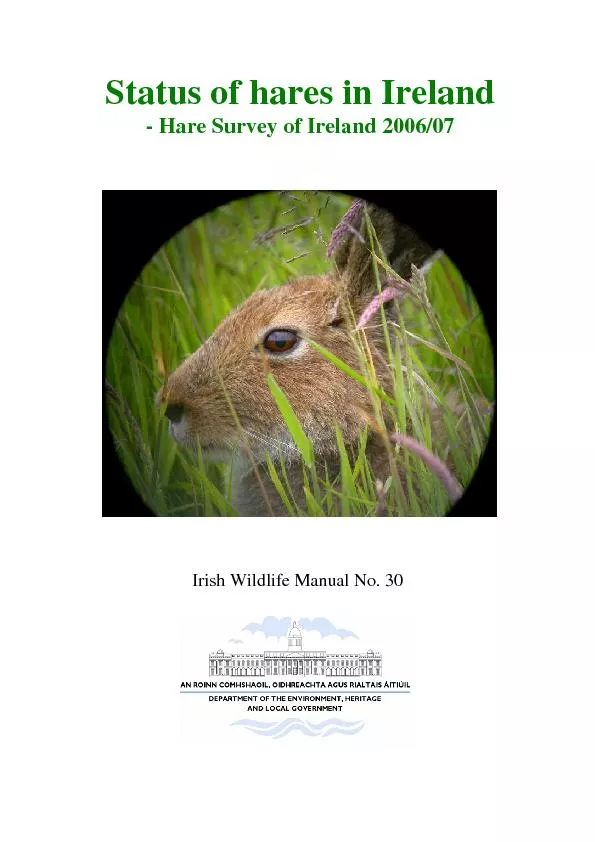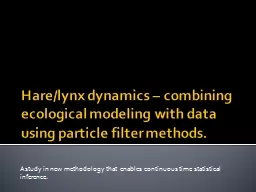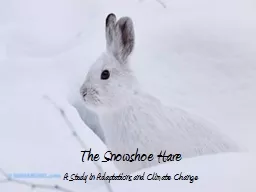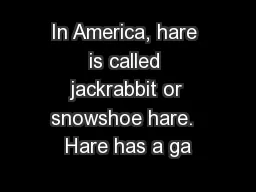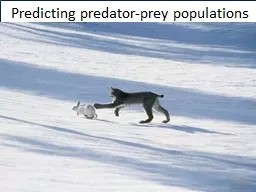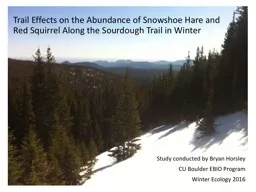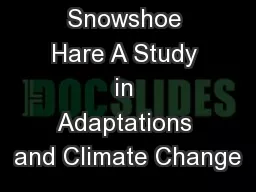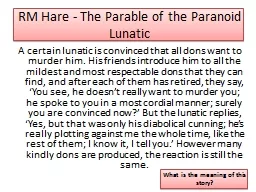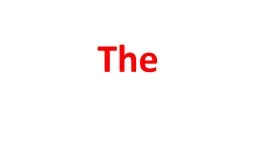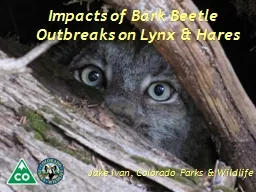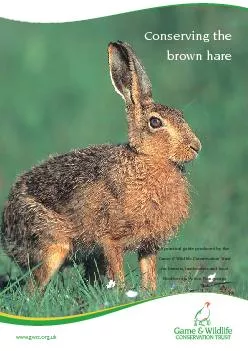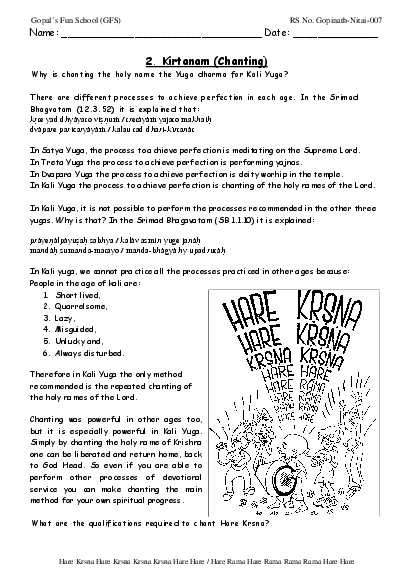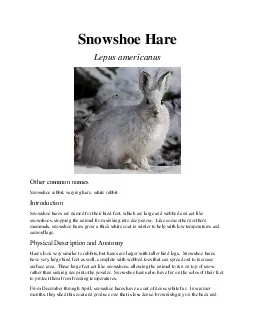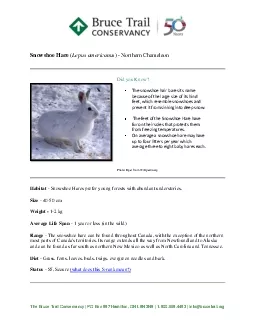PDF-Status of hares in Ireland- Hare Survey of Ireland 2006/07
Author : tatiana-dople | Published Date : 2016-06-11
Irish Wildlife Manual No 30 Status of hares in IrelandHare Survey of Ireland 200607Neil Reid Karina Dingerkus W Ian Montgomery Ferdia Marnell RebeccaJeffrey Deirdre
Presentation Embed Code
Download Presentation
Download Presentation The PPT/PDF document "Status of hares in Ireland- Hare Survey ..." is the property of its rightful owner. Permission is granted to download and print the materials on this website for personal, non-commercial use only, and to display it on your personal computer provided you do not modify the materials and that you retain all copyright notices contained in the materials. By downloading content from our website, you accept the terms of this agreement.
Status of hares in Ireland- Hare Survey of Ireland 2006/07: Transcript
Download Rules Of Document
"Status of hares in Ireland- Hare Survey of Ireland 2006/07"The content belongs to its owner. You may download and print it for personal use, without modification, and keep all copyright notices. By downloading, you agree to these terms.
Related Documents

